It’s important to understand how long baby monitors last as you invest in your child’s safety and well-being. By considering five key factors, you can make an informed decision about the longevity of your baby monitor. You’ll discover how the type of monitor, usage, maintenance, battery life, and technology advancements all play a role in determining how long your device will serve you effectively. With this information, you can ensure that you’re equipped with a reliable tool to keep an eye on your little one.
Key Takeaways:
- Battery Life: The longevity of a baby monitor often depends on its battery life; rechargeable batteries may require more frequent replacements over time.
- Usage Frequency: Daily usage will naturally decrease the lifespan of the monitor, while intermittent use may prolong it.
- Quality and Brand: Higher quality and reputable brands tend to produce monitors that last longer due to superior materials and technology.
- Technological Advancements: As technology evolves, older models may become outdated, affecting their utility and lifespan.
- Maintenance: Proper care and maintenance, such as keeping the monitor clean and storing it correctly, can significantly extend its lifespan.
Understanding Baby Monitor Lifespan
Before investing in a baby monitor, it’s crucial to understand its lifespan. Baby monitors aren’t just one-time purchases; they accompany your child during crucial early years. Knowing how long you can expect your device to last helps you plan your budget and ensures that you choose a model that meets your needs throughout this period.
Average Lifespan of Baby Monitors
For most baby monitors, the average lifespan ranges from three to five years. While this may vary depending on usage and brand quality, monitoring devices usually become less effective or outdated within this timeframe. By understanding this average, you can be better prepared for potential upgrades or replacements as your child grows.
Importance of Lifespan in Selecting Baby Monitors
Monitor selection is not just about features; lifespan plays a crucial role as well. Investing in a high-quality baby monitor that lasts longer can save you money and provide peace of mind. A durable monitor will give you reliable functionality, ensuring that you can keep an eye on your baby without interruption. This is particularly important as you navigate through different developmental stages.
Importance of lifespan cannot be overstated when choosing a baby monitor. You want a device that will evolve with your needs as your child grows. A monitor with a long lifespan is more likely to incorporate updated technology and features, making it a better long-term investment. By prioritizing longevity in your selection process, you are ensuring that you maximize the value and utility of your purchase, ultimately benefiting both you and your child.

Key Factors Affecting Baby Monitor Longevity
Any parent knows that the longevity of a baby monitor can vary significantly. Several key factors will determine how long you can rely on your monitor for safety and reassurance:
- Build quality and materials
- Technology advancements
- Frequency of use
- Maintenance and care
- Battery life and replacement options
Knowing these factors can help you make informed decisions regarding your baby monitor investment.
Build Quality and Materials
On selecting a baby monitor, consider the build quality and materials used. Durable materials can enhance the monitor’s lifespan, while cheaper plastics may break down or degrade over time. Choosing a monitor made from high-quality materials can save you money and frustrations in the long run.
Technology Advancements
Affecting the longevity of baby monitors are the rapid advancements in technology. Newer models often come with improved features and enhanced performance that can outdate older models quickly. It’s necessary to consider whether features like video quality, connectivity, and monitoring capabilities matter to you in the long run.
Baby monitors are continually evolving, and investing in a model that incorporates the latest technology can significantly enhance its lifespan. Features such as Wi-Fi connectivity, mobile app integration, and improved battery management can make a monitor more versatile and functional, reducing the need for replacements.
Frequency of Use
Monitor usage frequency directly influences its lifespan. The more often the monitor is used, the more wear and tear it endures. This factor is crucial to consider, especially for parents with more than one child or those who frequently monitor their baby during naps and overnight.
The regularity with which you use your baby monitor can heavily dictate its longevity. Ensure any extra features or functionalities you utilize do not excessively drain the monitor’s components or battery, as this can lead to premature deterioration.
Maintenance and Care
Any device requires proper maintenance and care to ensure its longevity. Regularly cleaning the monitor and its components, following manufacturer instructions, and storing it safely when not in use can prolong its lifespan significantly.
Quality upkeep is necessary for maintaining your baby monitor’s functionality over time. Simple tasks like wiping down surfaces, checking battery status, and avoiding exposure to extreme temperatures will keep your device working efficiently and effectively, ultimately extending its life.
Battery Life and Replacement Options
Quality battery life and available replacement options play vital roles in the longevity of your baby monitor. Most monitors operate on rechargeable batteries, and understanding their lifespan can help you plan better for their replacement.
Battery longevity varies depending on the type and usage patterns. It is beneficial to look for monitors with easily replaceable batteries or those that indicate when replacements are necessary, so you can maintain optimal functionality and reliability over time.
Types of Baby Monitors and Their Durability
Once again, it’s necessary to consider the various types of baby monitors available and their respective durability. Each type offers unique features and longevity, impacting your choice. Here’s a quick comparison:
| Type | Durability |
|---|---|
| Analog Monitors | 6-10 years |
| Digital Monitors | 5-10 years |
| Video Monitors | 5-8 years |
| Wi-Fi Monitors | 3-7 years |
| Audio Monitors | 6-10 years |
The durability of a baby monitor can significantly influence your purchase decision.
Analog vs. Digital Monitors
With analog monitors being the traditional choice, they typically offer longer battery life and a more straightforward design. However, they are more prone to interference and less secure than digital options, which employ better encryption methods. Digital monitors often feature superior audio quality and improved range, making them a more reliable choice for many parents.
Video Monitors vs. Audio Monitors
Any parent might find themselves torn between video and audio monitors. Video monitors give you a visual of your baby, offering peace of mind while you are in another room. In contrast, audio monitors focus solely on sound, which might suit your needs if you prefer a simpler setup, especially for those looking to save space and costs.
Analog video monitors generally offer a level of ease with their straightforward functionality but lack features like night vision or remote access. In contrast, digital video monitors are often equipped with advanced capabilities such as high-definition video, night vision, and mobile connectivity. Choosing between these options should align with your specific needs and lifestyle preferences, ensuring you invest in a monitor that ensures comfort and security for your little one.
Tips for Extending the Life of Your Baby Monitor
Keep your baby monitor in optimal condition with these crucial tips:
- Regularly clean the monitor and camera lenses to ensure clear visuals.
- Store it in a safe, dry environment when not in use.
- Avoid frequent battery drain by unplugging the unit when fully charged.
- Stay updated with software updates for improved functionality.
- Use surge protectors to prevent electrical damage.
Thou will find that these practices can significantly increase the longevity of your device.
Regular Maintenance Practices
Tips for keeping your baby monitor in good working order include checking the charging cables for wear and tear, and ensuring that the battery contacts are clean. Regularly inspect for any physical damage, as well as malfunctioning components. Keeping an eye on these details can prevent bigger issues in the future, ensuring your monitor remains functional.
Optimal Usage Guidelines
Extending the life of your baby monitor also involves following specific usage guidelines. Always place the monitor away from heat sources and direct sunlight, as excessive heat can damage electronic components. Additionally, maintaining a stable power supply will prevent disruptions that may affect performance.
A well-placed baby monitor ensures that you capture every moment without interference; ensure it is positioned securely so it won’t fall or get damaged. Utilize the features wisely; for example, avoid constant monitoring if unnecessary, as this can drain the battery quicker. By treating your baby monitor with care and following these usage guidelines, you can enhance its durability significantly.
When to Replace Your Baby Monitor
To ensure your baby’s safety, it’s necessary to know when to replace your baby monitor. As your child grows or as technology advances, certain signs may indicate it’s time for an upgrade. Regularly assess your monitor for functionality, safety features, and changing needs to help you make timely replacements, ensuring you stay informed and prepared to protect your little one.
Signs of Wear and Tear
Monitor the physical condition of your baby monitor closely. Look for obvious signs of wear and tear, such as frayed cables, cracked screens, or malfunctioning features. Any deterioration could compromise the effectiveness of the monitor, potentially affecting your ability to keep an eye on your baby. If you notice any of these issues, it may be time to consider a replacement.
Advancements in Technology
Monitor your baby monitor’s technology specifications and features. As technology evolves, newer baby monitors offer enhanced functionalities such as HD video, improved audio clarity, connectivity to smart devices, and advanced security features. If your current model lacks these advancements, upgrading can provide you with a safer and more efficient solution for monitoring your child.
With the rapid advancements in baby monitor technology, staying informed about the latest upgrades is crucial. Newer models not only offer better image and sound quality but also often come equipped with smart home capabilities, allowing you to control settings remotely. Features such as motion detection, temperature monitoring, and night vision can increase both safety and convenience. If your baby monitor feels outdated or lacks these functionalities, investing in a newer model may greatly enhance your monitoring experience.
Summing up
The lifespan of baby monitors can vary significantly based on five key factors: usage frequency, quality, technology type, environmental conditions, and maintenance. By understanding these elements, you can make informed decisions about choosing and caring for your baby monitor. Regularly evaluating the condition of your device and considering upgrades as needed will ensure you maintain a reliable means of monitoring your child, ultimately providing you peace of mind as a parent.
FAQ
Q: How long do baby monitors typically last?
A: The average lifespan of a baby monitor can range between 3 to 10 years. However, this can vary significantly depending on the quality of the monitor, the type (analog vs. digital), and how much it is used. Generally, higher-end digital monitors tend to last longer due to better build quality and technology.
Q: What are the key factors that affect the lifespan of a baby monitor?
A: Several key factors influence how long a baby monitor lasts: 1) Build Quality: Monitors made from durable materials and solid engineering last longer. 2) Technology: Digital monitors often outperform analog counterparts due to fewer interference issues. 3) Battery Life: Monitors with rechargeable batteries may have shorter lifespans if batteries degrade over time. 4) Usage: Frequent use or exposure to high temperatures and humidity can cause wear and tear. 5) Updates and Support: Monitors that receive regular software updates tend to remain functional and relevant longer.
Q: When should I consider replacing my baby monitor?
A: You should consider replacing your baby monitor if you notice any issues such as poor sound or picture quality, frequent connection drops, battery failures, or if it no longer meets your needs (e.g., your child has outgrown the need for monitoring). Additionally, any safety recalls or technological advancements that significantly improve monitoring capabilities may prompt a replacement.
Q: Are there certain brands known for producing longer-lasting baby monitors?
A: While many reputable brands offer good-quality monitors, some brands are particularly renowned for their durability and longevity. Brands like Motorola, Nanit, and Owlet usually receive high marks for build quality and customer satisfaction. Reading reviews and checking warranty options can also help in choosing a brand known for longevity.
Q: Can I extend the lifespan of my baby monitor?
A: Yes, there are several ways to extend the lifespan of your baby monitor. These include: 1) Proper Storage: Keep the monitor in a dry, temperature-controlled environment when not in use. 2) Regular Updates: If your monitor has digital firmware, ensure it is updated regularly to fix any bugs and improve performance. 3) Careful Handling: Avoid dropping or exposing the monitor to extreme conditions. 4) Battery Maintenance: If it’s rechargeable, avoid letting the battery fully deplete regularly to enhance its lifespan. 5) Cleaning: Regularly clean the device to prevent any dust build-up that could affect functionality.

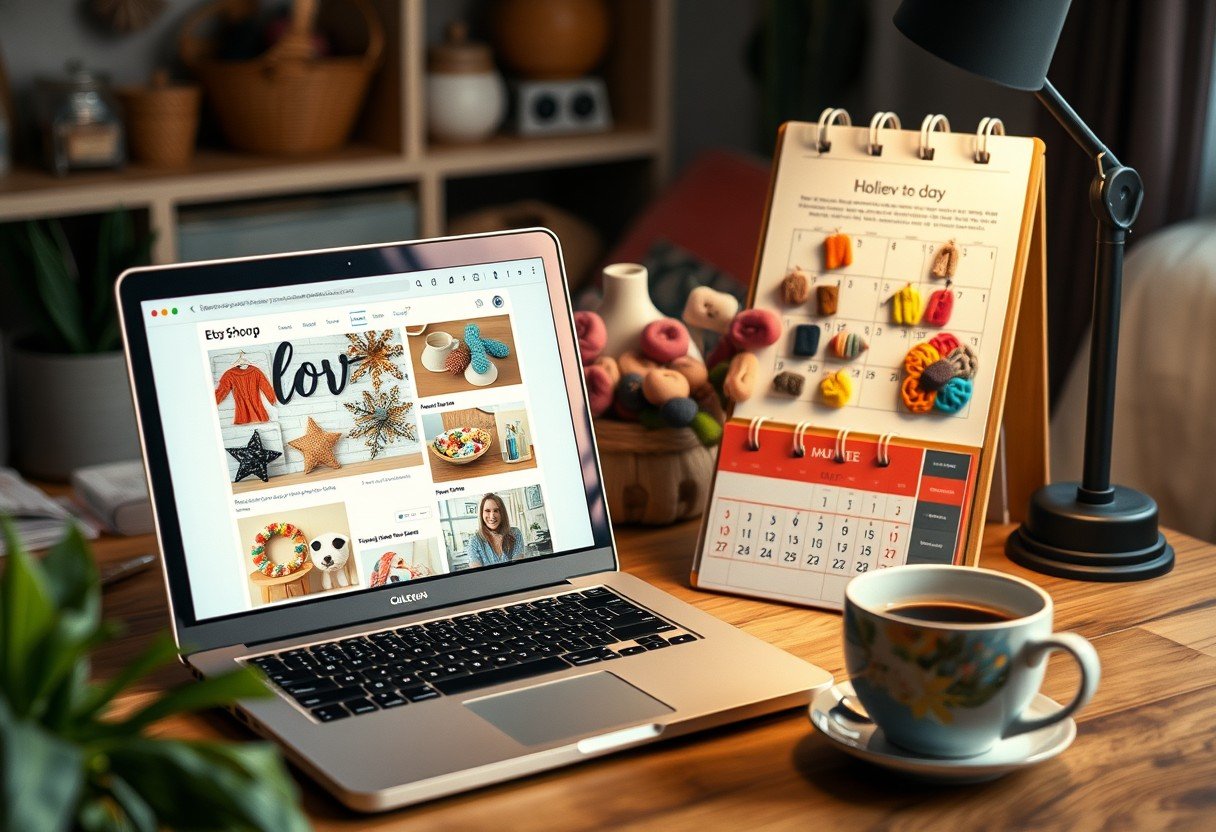
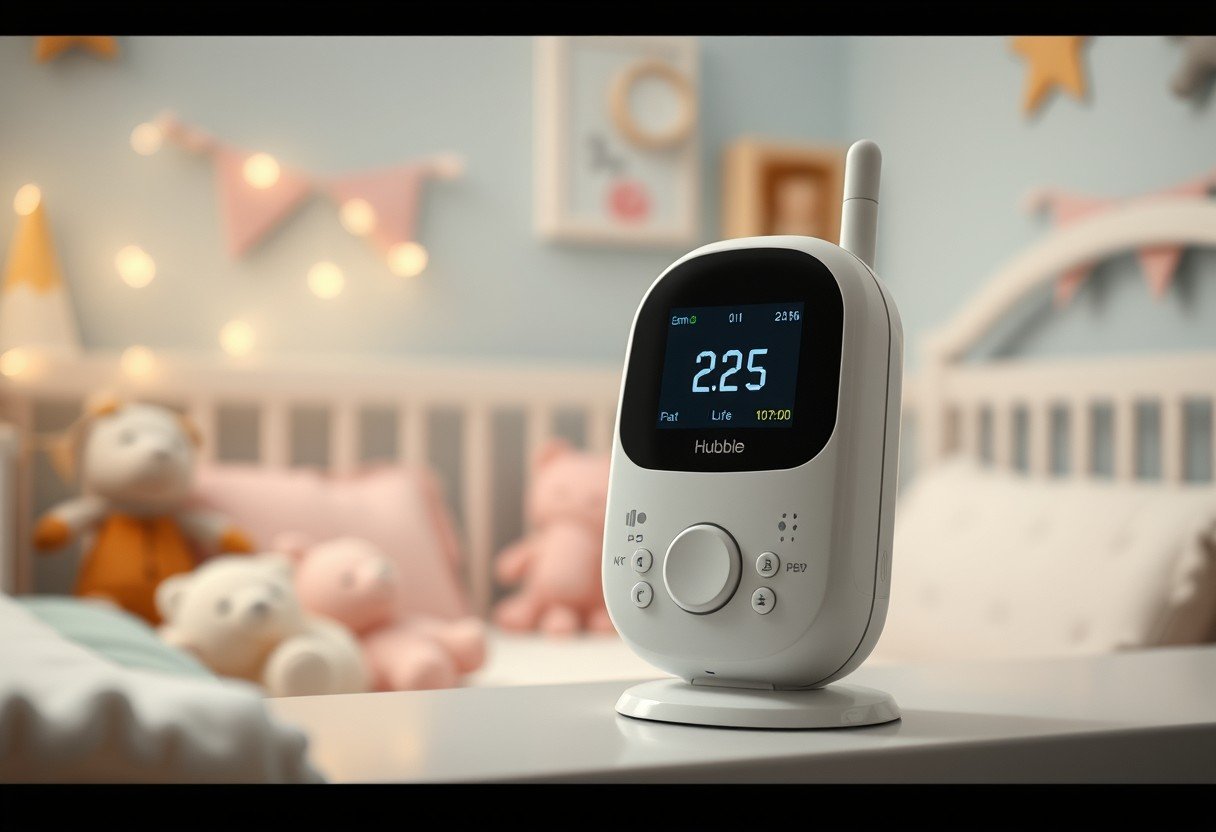

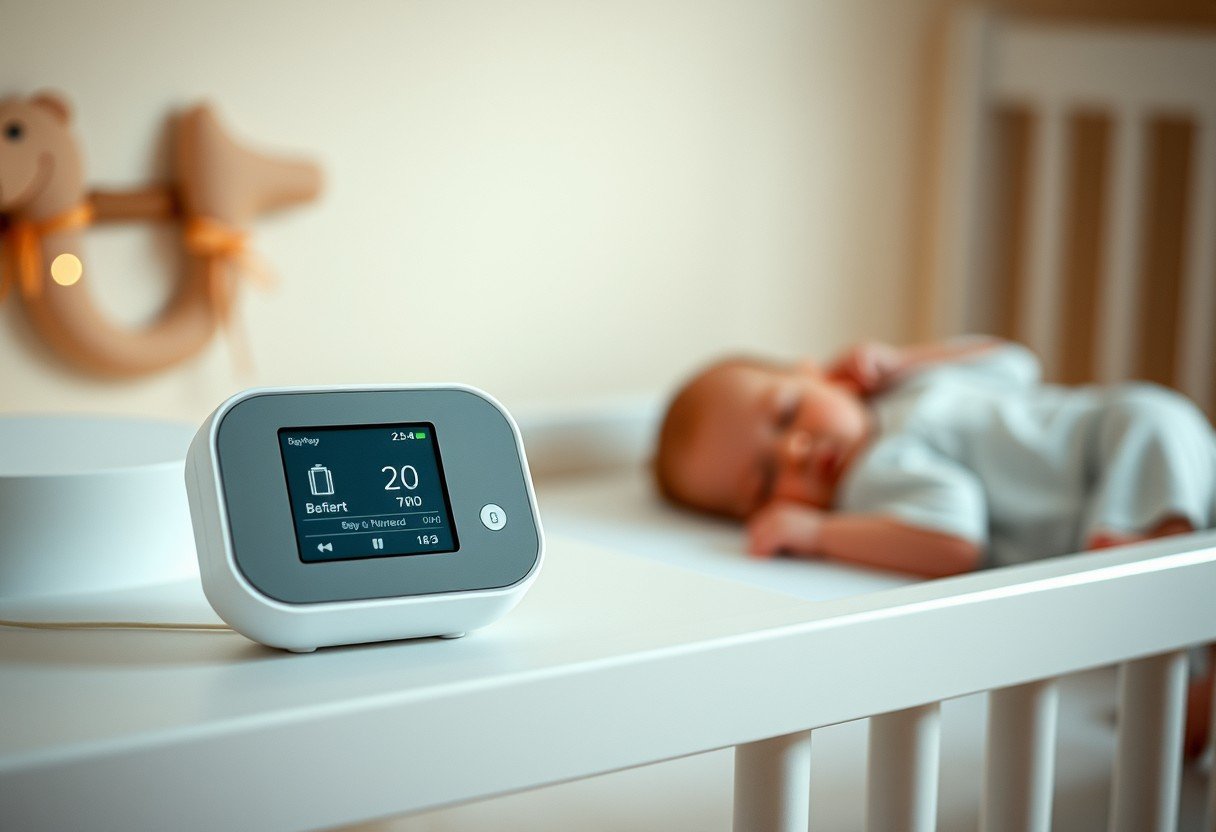
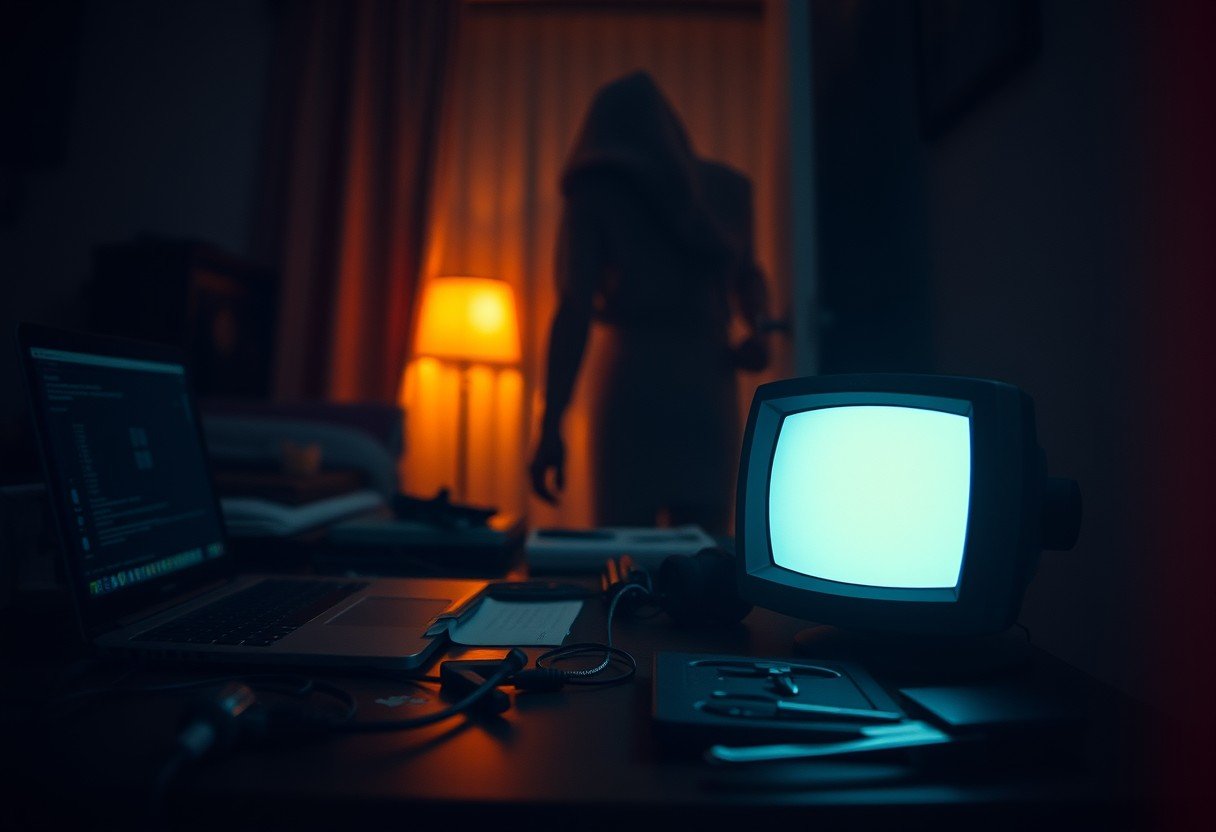
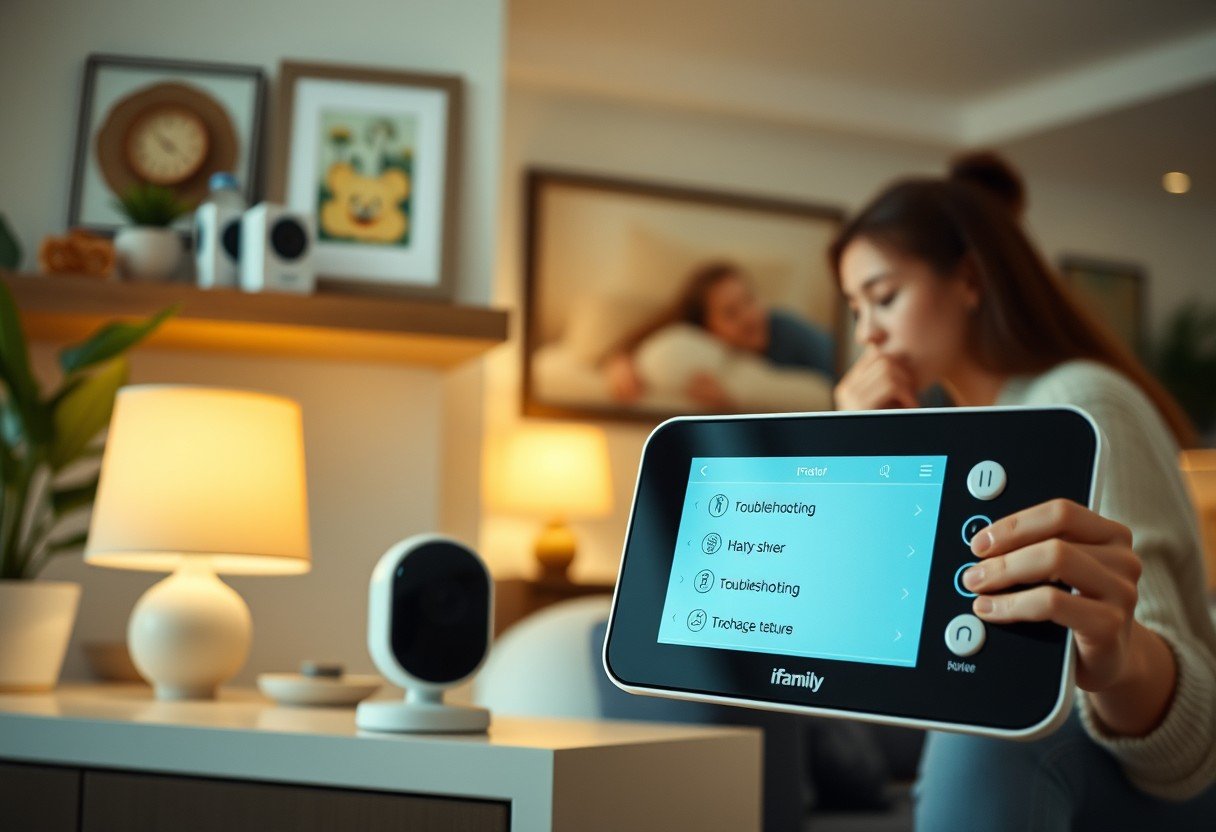
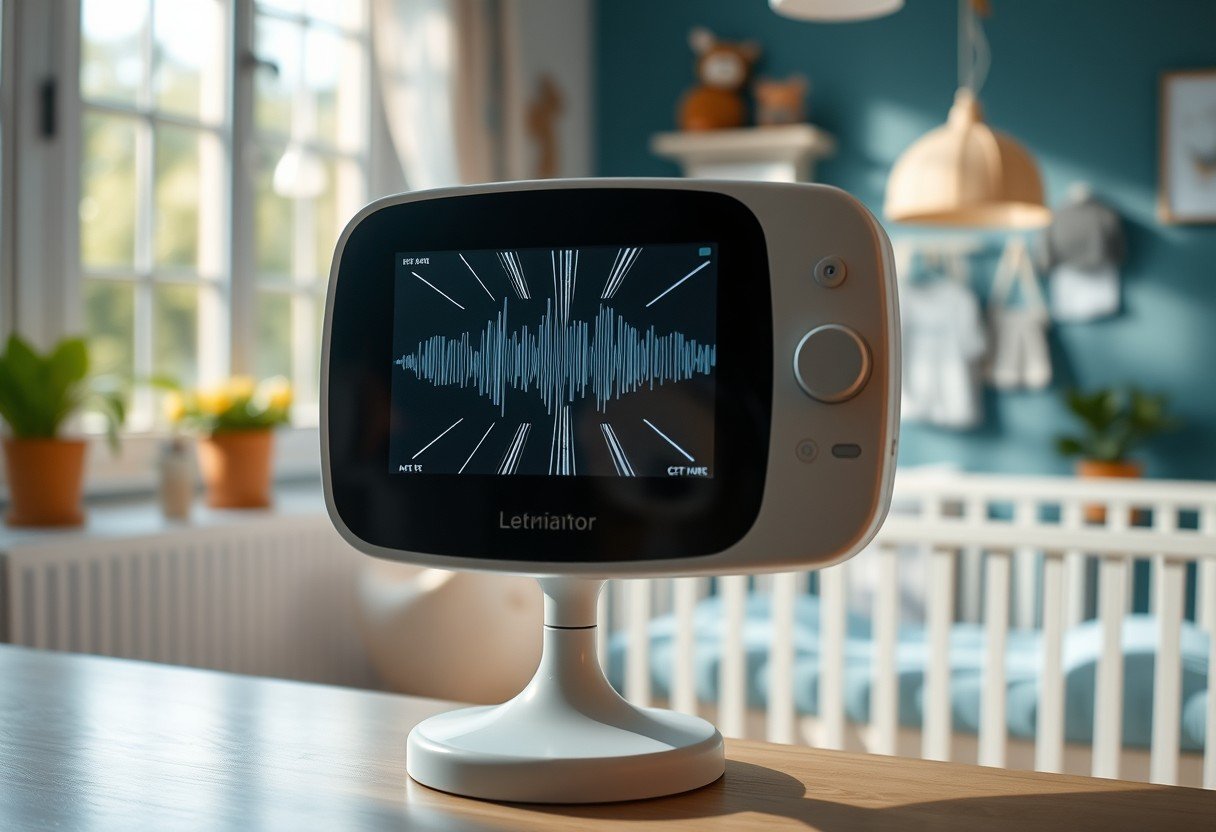
Leave a Comment